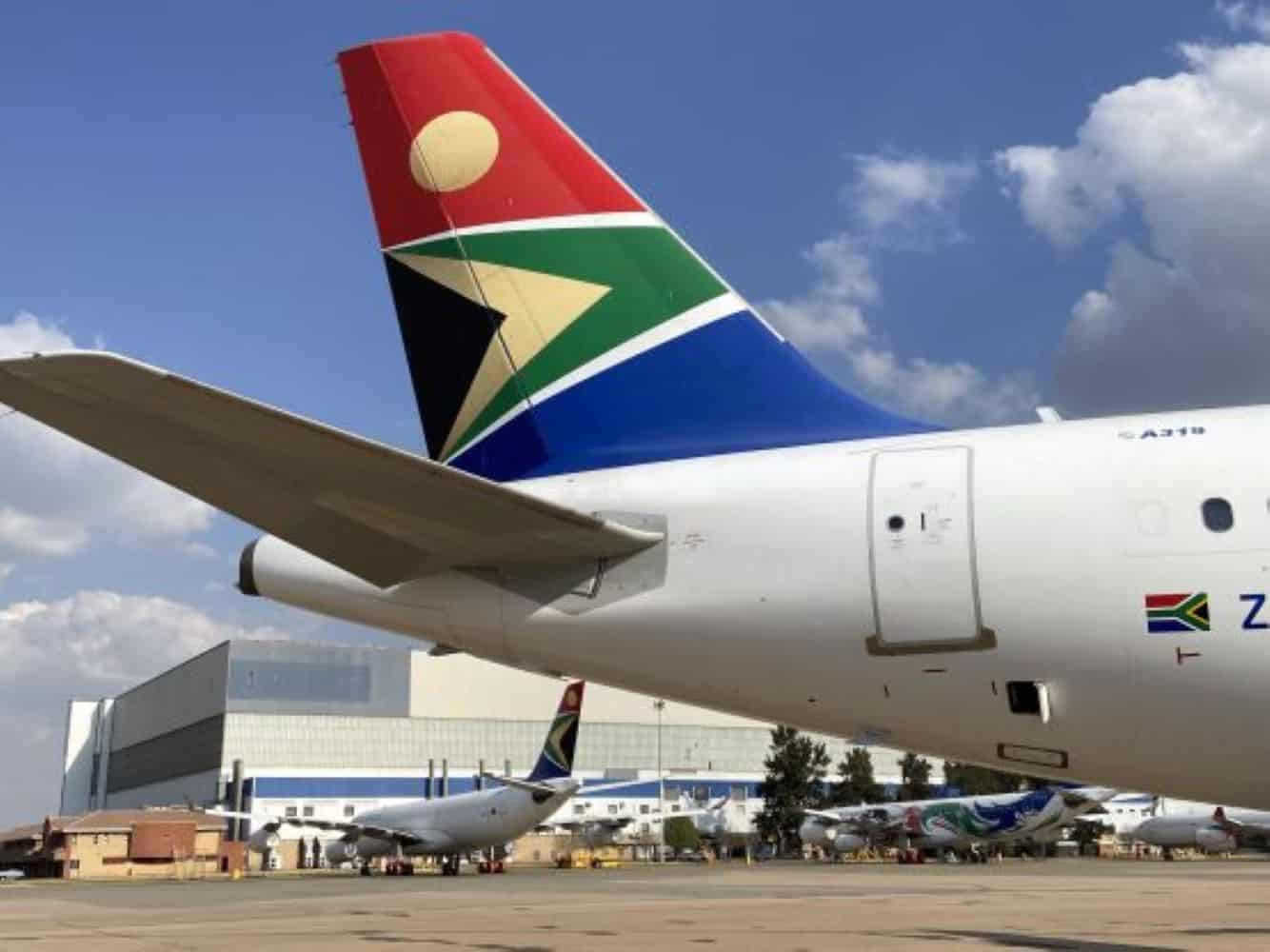SAA suffered a net loss of R354m, after R210m profit the previous year.

Transport Minister Barbara Creecy’s words that South African Airways (SAA) was finally in a position to contribute economic value weren’t even cold when audited financial results for the financial year indicated the opposite.
While the company generated revenue of R7.0 billion – a 23% year-on-year increase – the group also reported a net loss of R354 million, compared to a profit of R210 million in the prior year, SAA spokesperson Vimla Maistry said.
SAA’s financial standing
This follows the annual general meeting on 17 July, which received the audited financial results for the year ended 31 March 2024 (FY2023-24).
“Besides the R415 million foreign-currency translation loss due to the rand’s volatility, these results reflect the impact of exogenous factors on the airline,” Maistry said.
“This includes the effects of the Ukraine conflict, which pushed jet fuel costs from R1.3 billion to R1.9 billion; a global shortage of aircraft, which drove leasing costs up by over 30% in 2023; and delays in the delivery of budgeted aircraft, all of which negatively impacted revenue and Ebitda (earnings before interest, taxes, depreciation and amortisation).
“The latter declined from a positive R436 million in the prior year, to a negative R90 million.”
Maistry said SAA’s cash and cash equivalents position remained strong at R1.4 billion at the end of FY2023-24.
The airline has zero borrowings and R6.4 billion in equity.
“Despite global aircraft availability constraints, during 2023- 24, SAA operated on average, with a fleet of 10 aircraft serving 15 destinations. The number of flights flown increased by 42%, with a significant increase in flights into Africa and routes from Johannesburg and Cape Town to Sao Paulo starting in the second half of the financial year,” she said.
ALSO READ: Man who stole airport equipment that prevents mid-air collisions sentenced to 10 years
Uncertainty in SAA’s resuscitation
SAA Group CEO John Lamola said the results detail a past phase of uncertainty in the airline’s resuscitation.
“Since then, we have entered a period of structured and strategic reconstruction of the business, focusing on institutionalising robust governance and management systems, while implementing plans on fleet modernisation and route network expansion,” he said.
Lamola said the financial statements mark the last of the outstanding audits from the business rescue period, with all prior-year adjustments resolved.
“SAA recognised a R431 million gain by derecognising business rescue creditor obligations and recording this amount as sundry income,” he said.
“However, the auditors concluded this amount should have been recognised as a prior-period adjustment to retained earnings, rather than in sundry income in the current year.
“As a result, the group’s net result has been restated from a profit of R71 million to the reported loss of R354 million.”
ALSO READ: SAA hit by ‘significant’ cyberattack disrupting internal operations
‘They got money for mahala’
Lamola said to reinforce its financial reporting, SAA’s board has launched an Audit Health Plan that standardises key controls, expands internal audit capacity and strengthens collaboration with external auditors.
“After six consecutive audits in three years, SAA is firmly back on track to meet all statutory reporting deadlines and to devote its efforts towards improved audit outcomes,” he said.
Economist Dawie Roodt said it was “a big mess” that could no longer be whitewashed.
“I don’t know what the accounting error is, but I suspect it has to do with impairment. Usually, if there are assets that you think you can’t realise, then you write off the assets.”
Roodt said SAA got an equity injection to try to rescue it. “They got money for mahala. They tried to whitewash it,” he said.
Political expert Piet Croucamp said bookkeeping got the better of the chief financial officer at SAA.
“It just proves what we have been saying for years. SA should not have a national carrier. They neither have the political will, nor the skills to manage the entity.
“They keep on trying and the public is paying for it,” he said.
READ NEXT: SAA slips back into loss as fuel and plane leasing costs spiral






